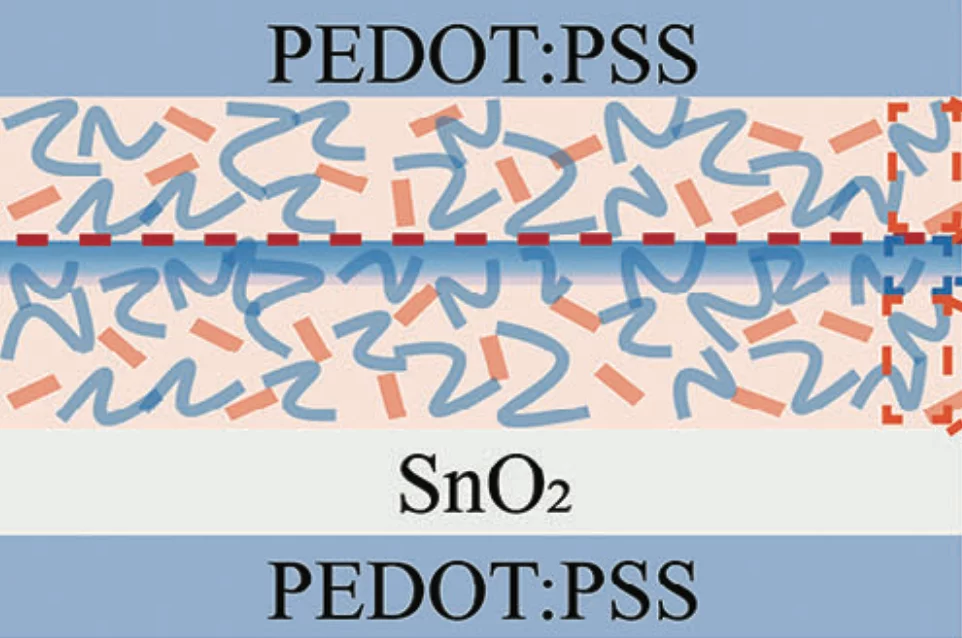Organic photovoltaics (OPVs) offer a promising solution for indoor energy harvesting. However, fundamental investigations to understand and optimize industrial processes such as roll-to-roll lamination for upscaling remain limited. This study investigates a critical failure mode in the upscaling of OPVs. One major challenge for thick semitransparent laminated OPV devices is current–voltage (J–V) asymmetry, where performance under cathode-side illumination exceeds that under anode-side illumination.
X-ray reflectivity, neutron reflectivity, and drift-diffusion simulations reveal that a vertically stratified polymer-rich region within the bulk of photoactive layers is the main cause of asymmetric J–V characteristics. Based on this fundamental understanding, amodel is proposed to explain the mechanism, where in electron extraction is hindered by the polymer-rich region during anode illumination. By exploring upscaling-compatible blends, cathode/anode- balanced, high-performing, and air-stable semitransparent laminated OPVs are developed for indoor applications using commercially available PV-X-plus material. These findings provide valuable guidance for designing OPVs with balanced performance, facilitating roll-to-roll adoption and commercialization.
Facility: SINQ
Reference: G. Beket et al, Advanced Functional Materials, 2502951 (2025)
Read full article: here



